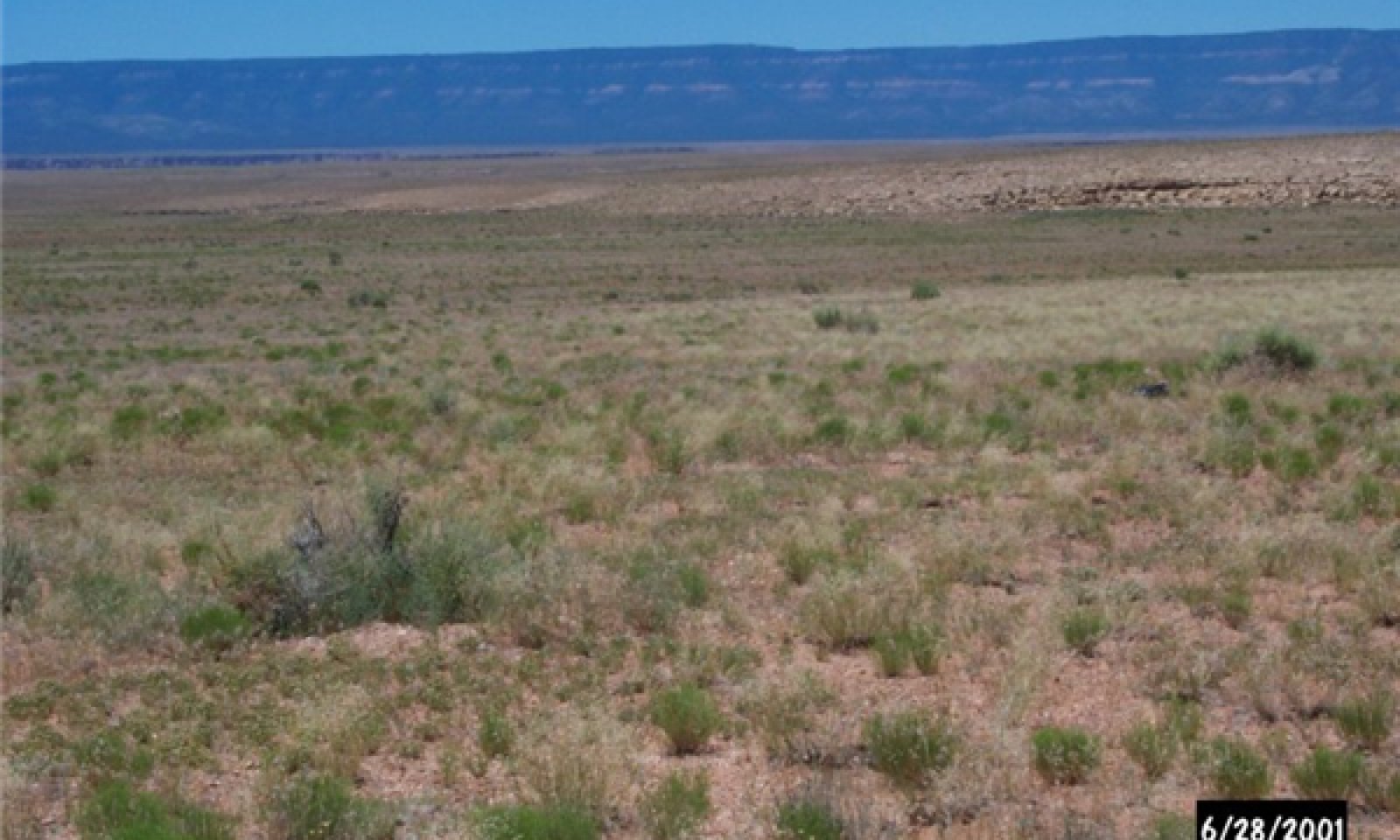
Sandy Loam Upland 6-10" p.z.
Scenario model
Current ecosystem state
Select a state
Management practices/drivers
Select a transition or restoration pathway
- Transition T1A More details
- Transition T2A More details
- Transition T2B More details
- Restoration pathway R3A More details
- Transition T3A More details
- Restoration pathway R4A More details
-
No transition or restoration pathway between the selected states has been described
Target ecosystem state
Select a state
Submodel
Submodel
Description
This state is degraded due to a loss of hydrologic function due to increased size of bare ground patches and connected, reduced soil stability and active rill formation and water flow patterns.
Submodel
Mechanism
The introduction of non-native annual grasses and forbs creates an irreversible change in the plant community.
Mechanism
Improper Grazing result in a decline of perennial herbaceous cover, especially of more desirable forage species. Loss of hydrologic function due to increased size of bare ground patches, reduced soil stability and active rill formation and water flow patterns.
Mechanism
Prolong drought, Continous Improper Grazing and/or fire event result in a significant decline of shrub and perennial grass cover, especially of more desirable forage species.
Mechanism
This pathway may be possible over time with removal of all surface disturbance and allow for natural plant regeneration, if a nearby seed source is available. However, this may take several years to decades to occur. Accelerated vegetation practices, such as range planting and prescribed grazing may be needed to restore the site.
Mechanism
Prolong drought, Continous Improper Grazing and/or fire event result in a significant decline or loss of shrub and perennial grass cover, especially of more desirable forage species
Mechanism
May be possible thru the complete removal of all surface disurbances, reseeding, Time/Rest for perennial plant establishment, prescribed grazing. Herbicide treatment may be needed if noxious/invasive species are present. This pathway may not be feasible to implement due to time, cost and marginal climate for seeding.
Model keys
Briefcase
Add ecological sites and Major Land Resource Areas to your briefcase by clicking on the briefcase (![]() ) icon wherever it occurs. Drag and drop items to reorder. Cookies are used to store briefcase items between browsing sessions. Because of this, the number of items that can be added to your briefcase is limited, and briefcase items added on one device and browser cannot be accessed from another device or browser. Users who do not wish to place cookies on their devices should not use the briefcase tool. Briefcase cookies serve no other purpose than described here and are deleted whenever browsing history is cleared.
) icon wherever it occurs. Drag and drop items to reorder. Cookies are used to store briefcase items between browsing sessions. Because of this, the number of items that can be added to your briefcase is limited, and briefcase items added on one device and browser cannot be accessed from another device or browser. Users who do not wish to place cookies on their devices should not use the briefcase tool. Briefcase cookies serve no other purpose than described here and are deleted whenever browsing history is cleared.
Ecological sites
Major Land Resource Areas
The Ecosystem Dynamics Interpretive Tool is an information system framework developed by the USDA-ARS Jornada Experimental Range, USDA Natural Resources Conservation Service, and New Mexico State University.
